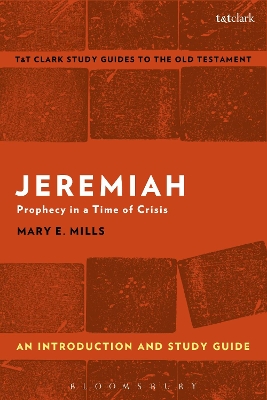T&T Clark's Study Guides to the Old Testament
1 total work
This guide provides a concise introduction to the ways the book of Jeremiah has been interpreted by scholars, and to new possibilities of interpretation still open to readers. Outlining approaches the reader encountering the book may best adopt, Mary E. Mills moves into the reception of the prophetic book in the modern period. The role of historical criticism has been fundamental but she shows how it should be supplemented by recent explorations into the rhetorical structures and devices by which the book communicates its messages.
Historically oriented scholars drew upon the book as a record of the words and career of a prophet in monarchical Judah. Literary investigation, on the other hand, focuses on the mood and tone of the literary work. Both interpretative strands acknowledge the persistence of a mood of terror and fragmentation within Jeremiah, the result of its origins in a period of great political upheaval. Examination of the poetic devices a society uses to process its social and cultural trauma leads the reader to a deeper appreciation of the variety of sources and genres found in Jeremiah. This study guide provides reading tools which readers can then develop at their own pace.
Historically oriented scholars drew upon the book as a record of the words and career of a prophet in monarchical Judah. Literary investigation, on the other hand, focuses on the mood and tone of the literary work. Both interpretative strands acknowledge the persistence of a mood of terror and fragmentation within Jeremiah, the result of its origins in a period of great political upheaval. Examination of the poetic devices a society uses to process its social and cultural trauma leads the reader to a deeper appreciation of the variety of sources and genres found in Jeremiah. This study guide provides reading tools which readers can then develop at their own pace.
